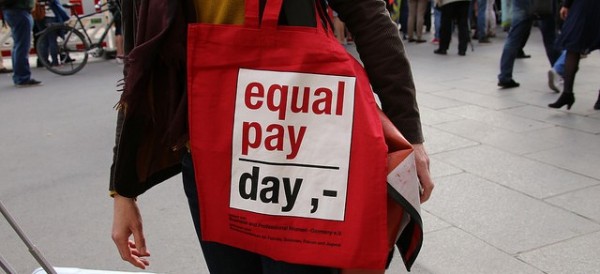
Recently, I reviewed research showing that women in leadership roles may contribute to decreasing gender segregation at lower positions in the same firm. I also noted that gender segregation is a large contributor to the wage gap between men and women. Unfortunately, while a small number of women moving into top positions may help those below, when large numbers of women enter traditionally male-dominated fields, the results are not so rosy. Why? Women’s work simply isn’t valued as highly as men’s.
The Washington Post recently featured a study by sociologists Paula England and Asaf Levanon demonstrating this trend. When occupations employing mostly men shifted to employing most women, these jobs started to pay employees considerably less, even when the researchers took employees’ education, work experience, skills, race, and geography into account. For instance, wages for a ticket agent dropped 43 percentage points after the position shifted from mainly male to female. Stereotypically “female” jobs that involve caregiving pay less, regardless of whether men or women hold those jobs:
[T]here was substantial evidence that employers placed a lower value on work done by women. “It’s not that women are always picking lesser things in terms of skill and importance,” Ms. England said. “It’s just that the employers are deciding to pay it less.”

Comments